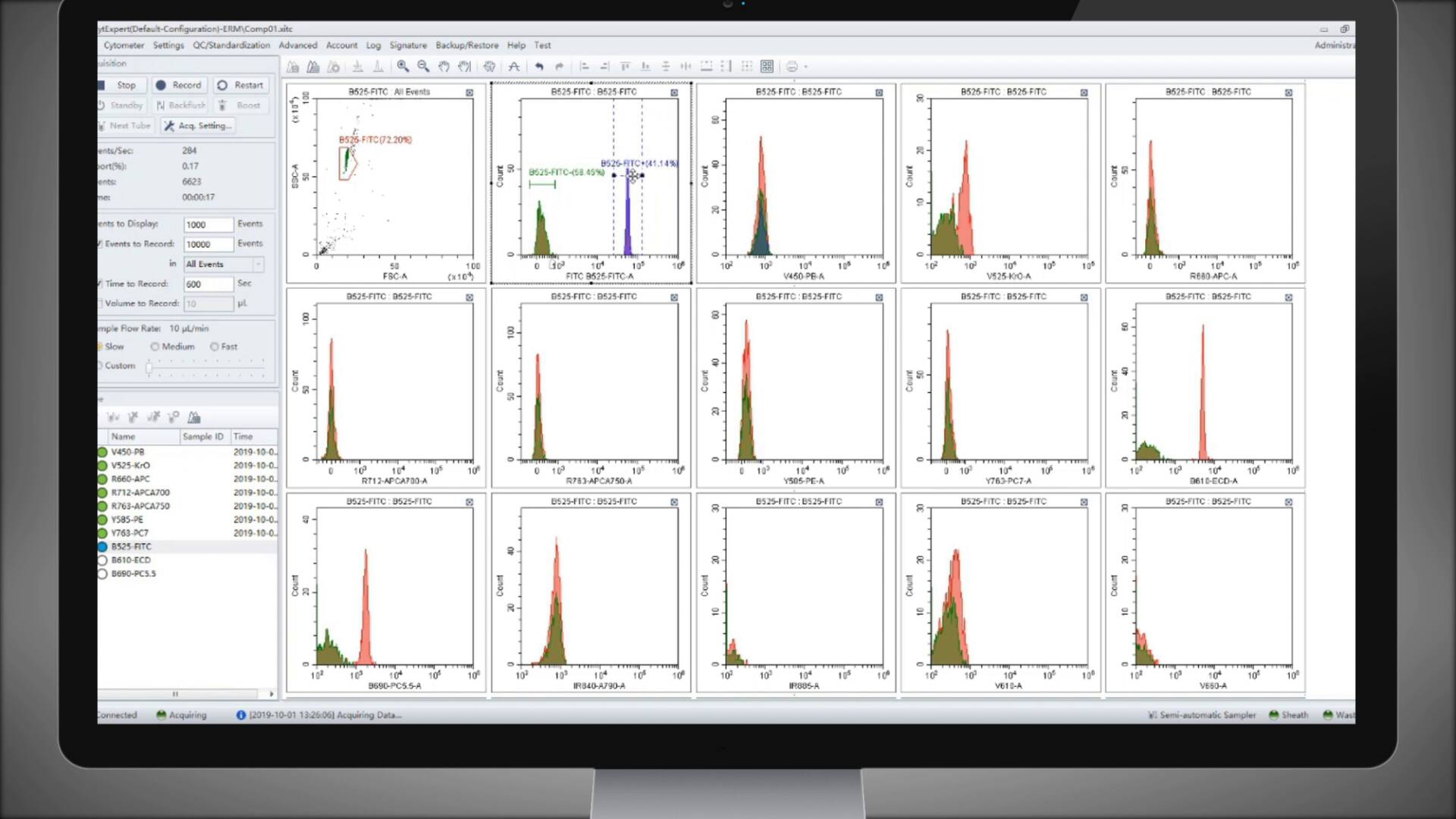

Parameters in the transformation definition: Matrix (and when computed for other matrices, requires a sample compensated with that matrix as an input to the customization.) Options The custom transformation will be applied to all samples that are compensated the same way in the workspace hence it only need be computed once for each unique compensation Remember, you have to do this for each matrix that you create in a workspace. (4) To remove a transform, use Platform->Biexponential Open any data file that has the same comp matrix applied and the data will be tranformed. (3) Voil�! The visualization of the compensated parameters has now been adjusted to display the negative values. Clicking the disclosure triange reveals Custom Visualization (2) In the dialog box that appears, make sure the Compensation Matrix shown in the popup menu is correct for your data file, and click on Create Transformation. (1) After creating the compensation matrix, click on a FULLY stained sample (it may help to click on a gated subset of the sample that has the autofluorescence characteristics of the cells you wish to analyze), Apply this matrix to the experimental samples. Window onto the appropriate boxes in the dialog for each parameter. Open the Define Matrix compensation dialog box (under the Platform menu) and drag the positive and negative populations from the workspace Briefly, define a positive and negative population on each single stained compensation control.
#Flowjo compensation matrix negative values how to#
To determine how to create a compensation matrix in FlowJo click here or download the Compensation Tech Click here for more information about visualizing digital data. Or, alternatively, on any data files which specify their own comp matrix (currently, only BD DiVa files do this correctly). Therefore, it can be done on any data where you collect the single stained compensation controls and create the compensation matrix, The display transformation can be used on any compensated data-but FlowJo needs to be the one to compensate the data. BiExponential Transformation - Instructions


 0 kommentar(er)
0 kommentar(er)
